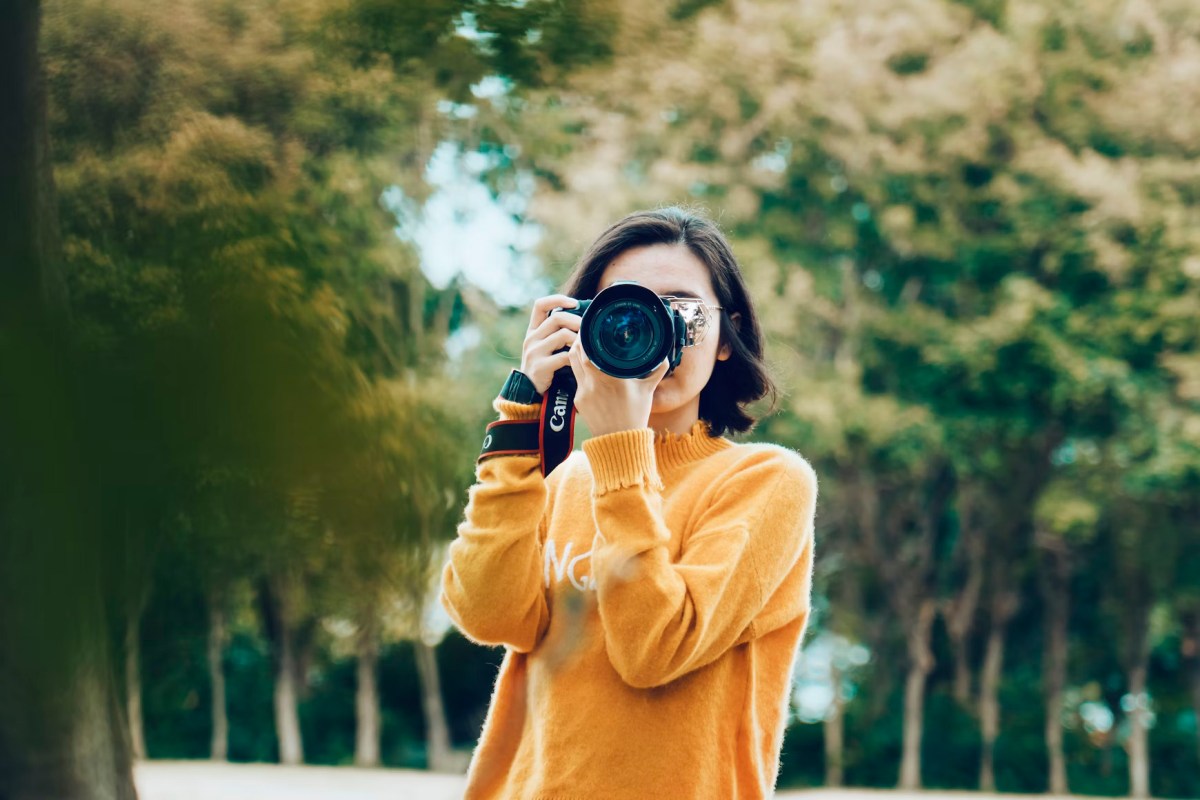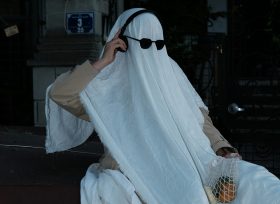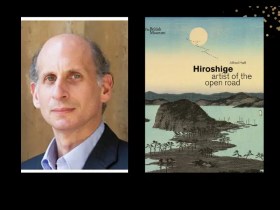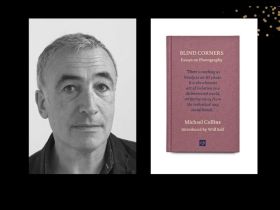Some may regard them as a necessary evil: the author headshot that’s affixed to most book back covers and press releases that are distributed to the media. As one writer tells ArtsHub, ‘I wish there were no author pics. I’d rather immerse myself in the book, whatever its merits. The experience is spoiled by marketing pap and other reminders of reality.’
Another, Annie McSweeney, agrees, saying, ‘I think the author should be invisible and let the work speak for itself. If a pic is necessary, keep it natural. There’s nothing more off-putting than an arrogant, cold-looking expression of smirk, which to me, looks like an attempt to be cool, important, intelligent and just makes me think twice about reading the book. It’s like listening to people on radio; once you see what the look like, you don’t enjoy listening to them as much.’
Angela Savage, meanwhile, believes all author photos have a Picture of Dorian Gray aspect, insofar as ‘we tend to hold onto them for years – probably because we can’t afford to update them all that often’.
‘We age while our author photos don’t,’ she adds. ‘Some authors bear only a passing resemblance to the real thing!’
Another author, who chooses to be anonymous, points out, ‘I really liked the raw shots and thought, “Oh yes, that’s great!”, but then they were over-processed. My skin is weirdly smooth and featureless, like I’m in an Instagram skincare commercial. No pores at all. Many of my wrinkles are gone, which for a 60-year-old is … odd. I feel like I’m characterless and vaguely fuzzy.’
Most author headshots take the traditional path: an airbrushed colour or black-and-white photo, with the subject looking like a serious author or smiling awkwardly to camera, looking like they’d rather get this ordeal over and done with, so they can get back to their writing. Some are more playful, however, like Amy Poehler‘s nautical get-up, in which she sticks a pipe in her mouth and a sailor hat on her head, or feline-lover Haruki Murakami, who grabs the nearest cat as an accessory.
Photographer Sally Flegg has been shooting artists for 25 years, mostly actors, writers, opera singers and other artistic practitioners, she tells ArtsHub. However, although many who work in the arts are public facing, they tend to be shy when it comes to having their portraits captured.
Writers in particular, says Flegg, ‘generally don’t love their pictures being taken’.
‘They like to be on the other side of the art. Writers tend to be more introverted and don’t love the attention. When I started shooting writers, they tended to just need a basic book portrait (for inside the jacket), nothing too fancy.
‘Nowadays publishing houses tend to ask for a press kit of images. So [they need] images that are tight shots, as well as those that can work for publicity in magazine/newspapers and posters, as well as online.’
Given the potential for diverse applications of the photos, Flegg asks her subjects to ‘bring a bit of themselves and have a variety of vibes, so the images can be used for different purposes’.
Also remember the audience, she suggests. ‘A nice warm shot can go a long way, but if you’re writing horror or true crime, you may want a stronger image.’
Susan Bradfield specialises in taking photos of people, and has done so for eight years. ‘One of these avenues is branding and author pics,’ she says, and adds that instead of succumbing to any particular photographic style, she aims to take ‘timeless images that tell the story and express the personality of the subject. Therefore I hope they don’t date’.
Lee Kofman published her first three books before she was 30 and tells ArtsHub of how her author photos have evolved. ‘As a young woman I was quite obsessed with beauty, and so my earlier author photos make me laugh today. I pose there as if I’m posing for a fashion photoshoot and dress as if I’m just about to go to a nightclub (which is actually what I did at the time for a living – organised dance parties). So, very short skirts, very high heels, black lace, stuff like that.
‘I think I confused my two occupations at the time! In my more recent author photos, I still care about looking nice, but I now present my more introverted, also gentler, side – those parts of myself that play the main role in my writing. My clothes are softer and brighter (and longer!). I smile more and I tend to be surrounded by books or at least by some plants. I’m not dressed to kill, but to dream.’
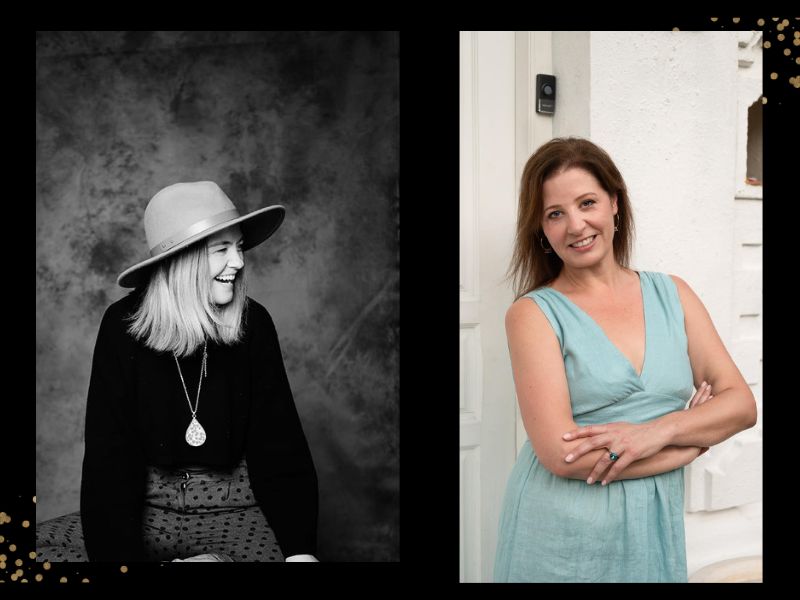
Tips for authors
Like it or not, author photos are part of your brand, so it’s important to get them right. Think of the message you’re portraying and, if possible, match your book to your chosen image. If, for instance, you write hard-boiled thrillers, it’s probably not a good idea to choose a sun-drenched picture of you in a field of daises cuddling a kitten.
You photo should also actually look like you – albeit maybe a better dressed version. So don’t agree to heavy touch-ups that distort your facial figures almost beyond recognition. Unless you are going for the zany look, keep your clothes simple, sans loud patterns that may clash with the background. Perhaps consider a colour palette that complements your cover design.
Do some comparative research and browse the author photos in your genre at your local library or bookshop. You’re looking here for a particular style and mood. If you like a particular author photo, check out the photographer name next to the picture and do some research to see if they are available to take on new clients.
Unless you have a friend who’s very handy with a camera, hiring a professional photographer is recommended. They may be expensive, but they know how to position you in the right light and at the right angle, so you look polished and professional. Most likely, you will be given not just one, but a suite of photos that you can use across various social media profiles.
Author photos are an investment and not something you need to update regularly – unless of course, you’ve completely changed your haircut and sartorial style in between books and need new photos to reflect that. If you no longer look anything like your most recent photo, it’s time for an upgrade.
‘For writers having to invest in headshots for themselves, it’s important to chat to the publisher about marketing,’ says Flegg. ‘If they don’t [yet] have a publisher, then [they should] have a look at some of the writers they admire or who operate in a similar style to them and get an image board of shots together. Then they can find a photographer they like the style of. Discuss what you like about the images and if the photographer feels they can achieve a similar vibe (it won’t be exact), then you can book them.
Read: Nearly 5 billion photos are taken daily – so here’s how to stand out
‘Most writers only have to get their photos done every five years (or less), so make sure you come with some nice clothes and maybe even invest in hair and make-up so you can make the experience less stressful,’ Flegg advises.
Bradfield echoes this sentiment. ‘Choose a photographer whose portfolio resonates with you. Look at lots of author or branding pictures and save the ones you love. Share them with your photographer. You’ll find your style of imagery developing and this will help you and your photographer clarify your brief, so you are more likely to end up with pics you really love.’
